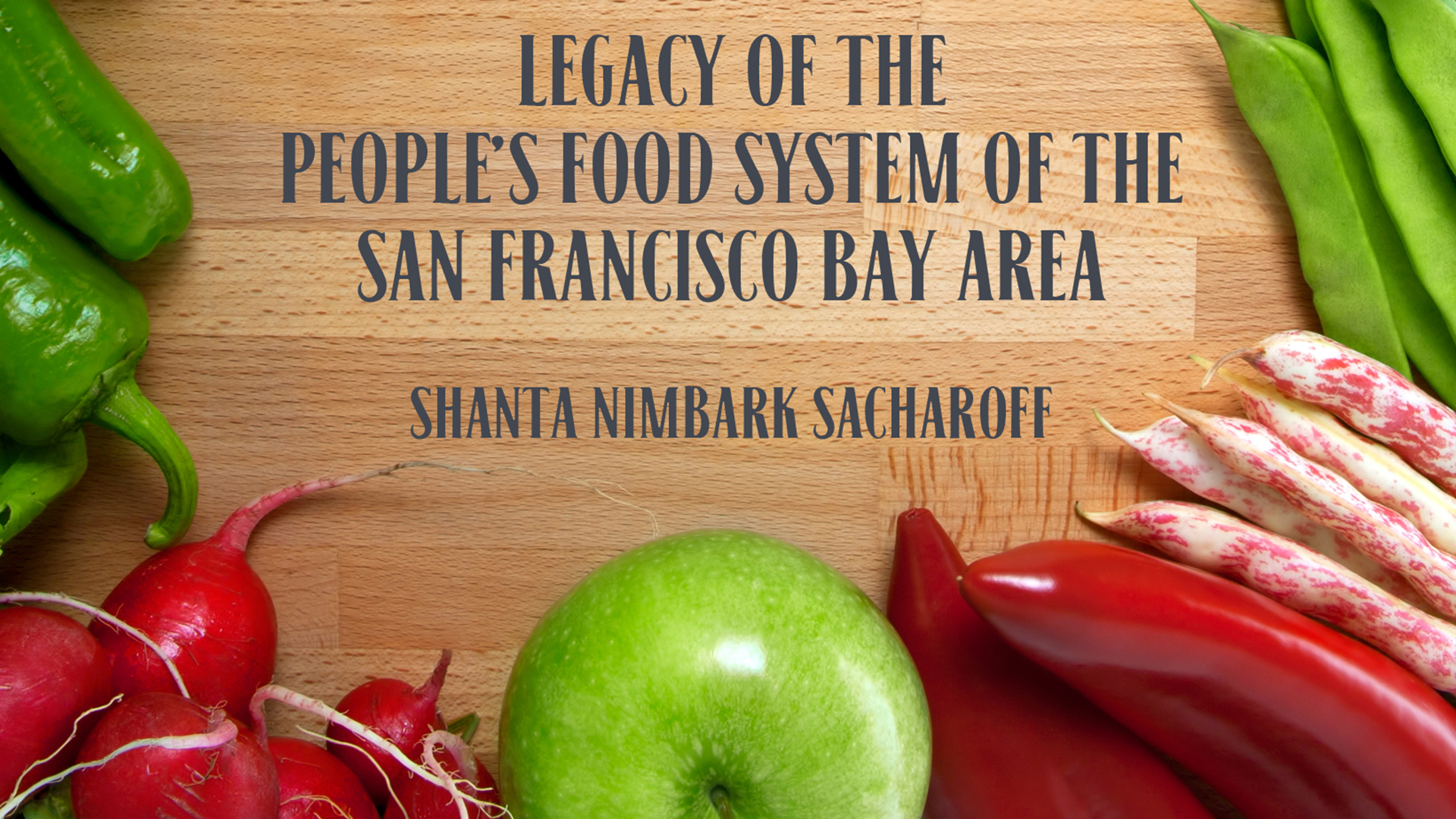By A. Iwasa
Slingshot
April 2017
Written by a participant in the Bay Area’s Cooperative (Co-op) Movement, this book starts strong with a brief Preface and Introduction, followed by a comprehensive history of cooperation, delving back into its evolutionary roots in our ancestors, Homo erectus, some 1.5 million years ago in Africa.
There is at least one note worthy factual error in the first chapter, that Upton Sinclair was governor of California, but it’s really only a passing reference which jumped out to me as a recovering Socialist and general history nerd. Otherwise, it’s like a condensed version of Sacharoff’s label mate, John Curl’s For All the People, another book on co-ops I’d highly recommend.
With the second chapter, Sacharoff gets into the specifics of Bay Area co-ops including political struggle and even a shooting that ended with one dead and another wounded. This instantly reminded me of Minneapolis’s Co-op Wars, which Sacharoff goes on to allude to, though not by that name. I would like to read a more in depth account of this like Storefront Revolution by Craig Cox, and to read more about the specific organizations, the Representative Body and Tribal Thumb, such as with Inside Out by Alexandra Stein, who had been a member of the Minneapolis Co-op Organization after the Co-op Wars.
The scope of co-ops and collectives, from day care centers to a refrigeration maintenance collective and their ongoing legacies are recorded in this work as Sacharoff goes on to describe how some of these co-ops survive to this day. Subsequent chapters focus on Veritable Vegetable, Rainbow Grocery and Other Avenues. I think this is all really important information, since we have to figure out ways to survive under capitalism, and develop infrastructure worth using to replace the system.
Sacharoff follows this with a sort of autobiography of her relationship with food, which I thought was pretty cool. I’m always fascinated by how people’s relationships with their passions evolve. She gives props to her children for being Food Not Bombsers, which is actually how I know them and in turn found out about this book. She rounds out the chapter with a few recipes, which along with a couple others in previous chapters, I think is a solid way to make the book accessible to people.
The last couple of chapters deal largely with the nuts and bolts of starting, running and supporting co-ops. There is also some visioning and comprehensive lists of co-ops and other related resources in the Appendices.
The whole book is methodically end noted for those interested in further research. It’s a must read for those interested in co-ops and their potential as part of a better world!







